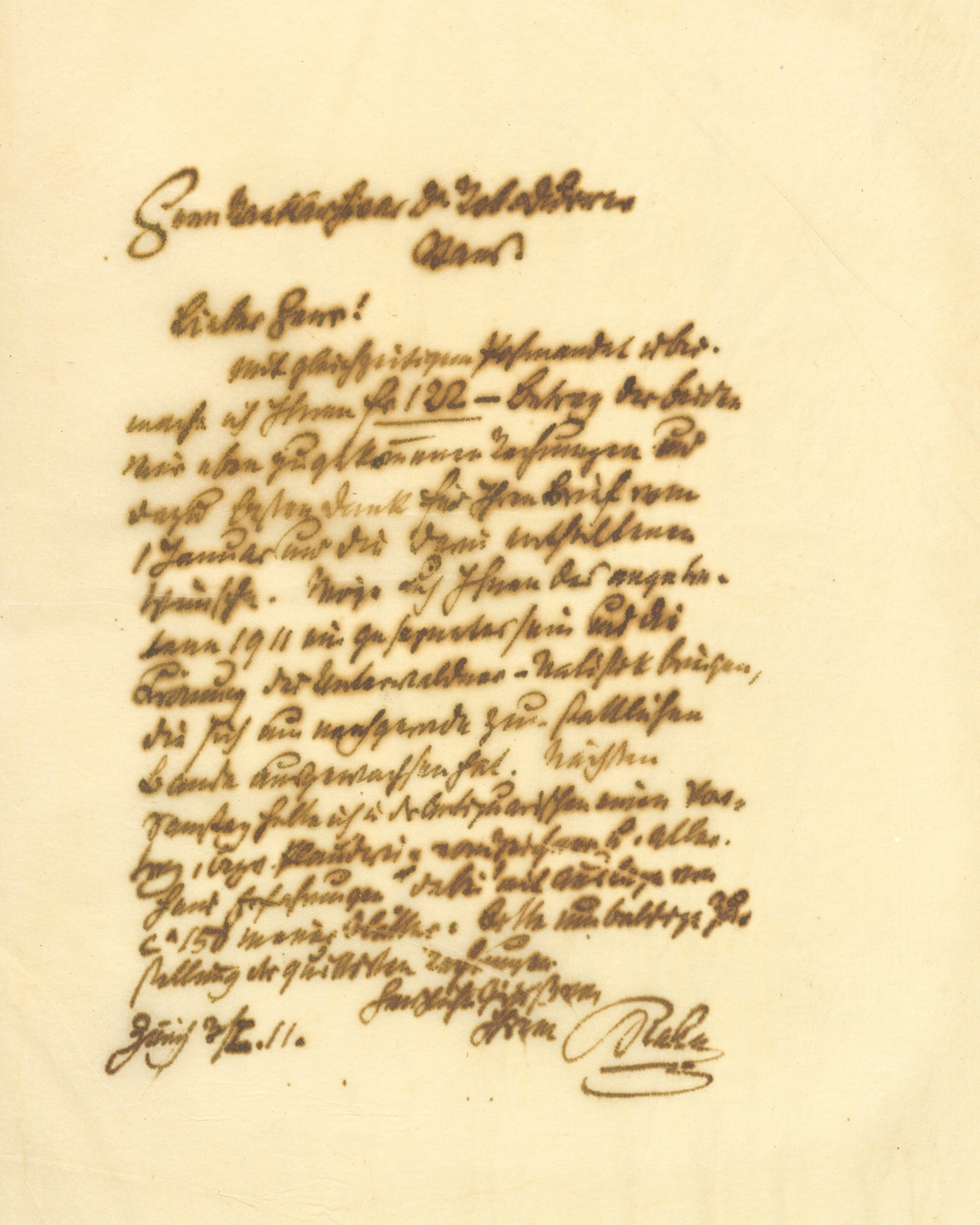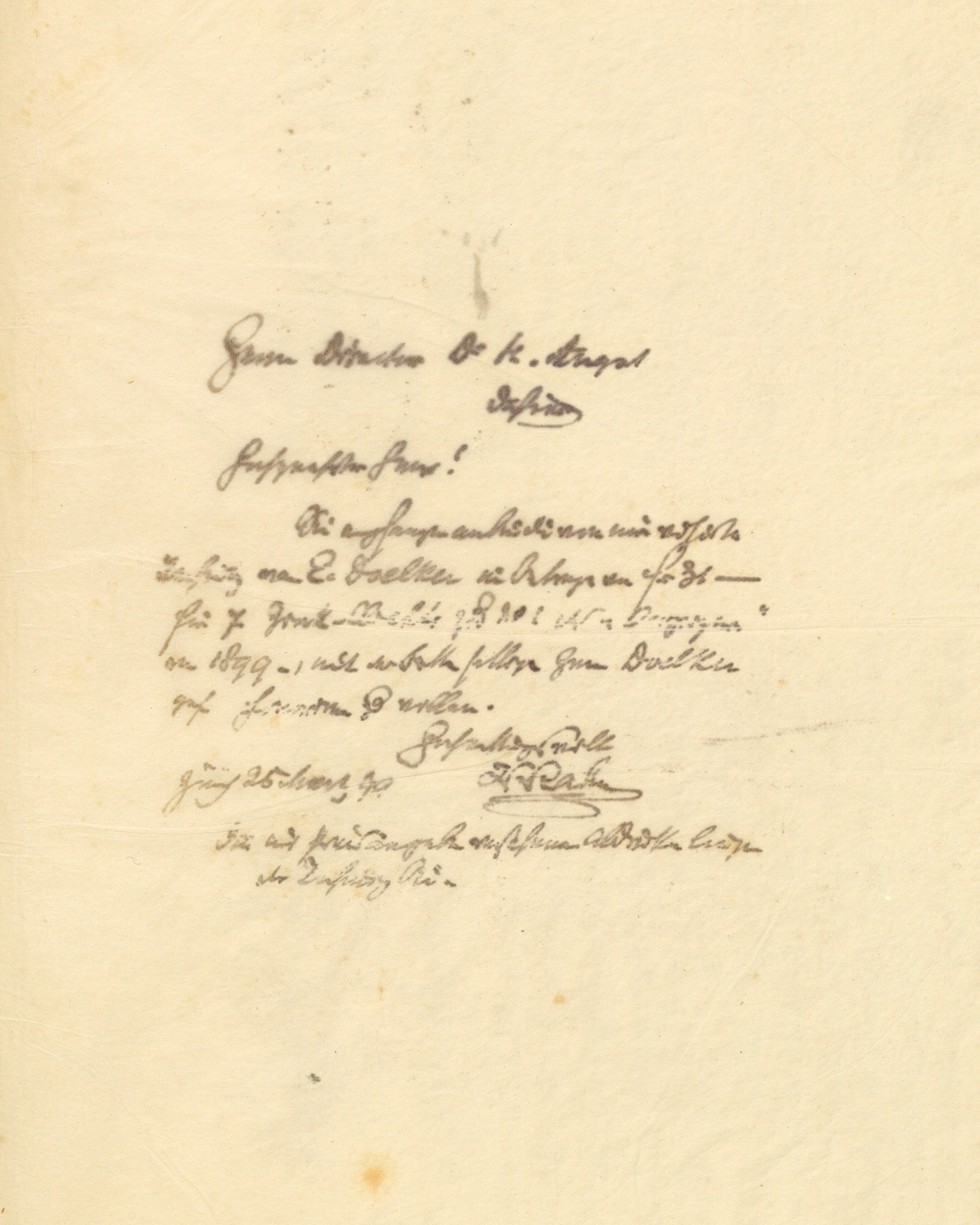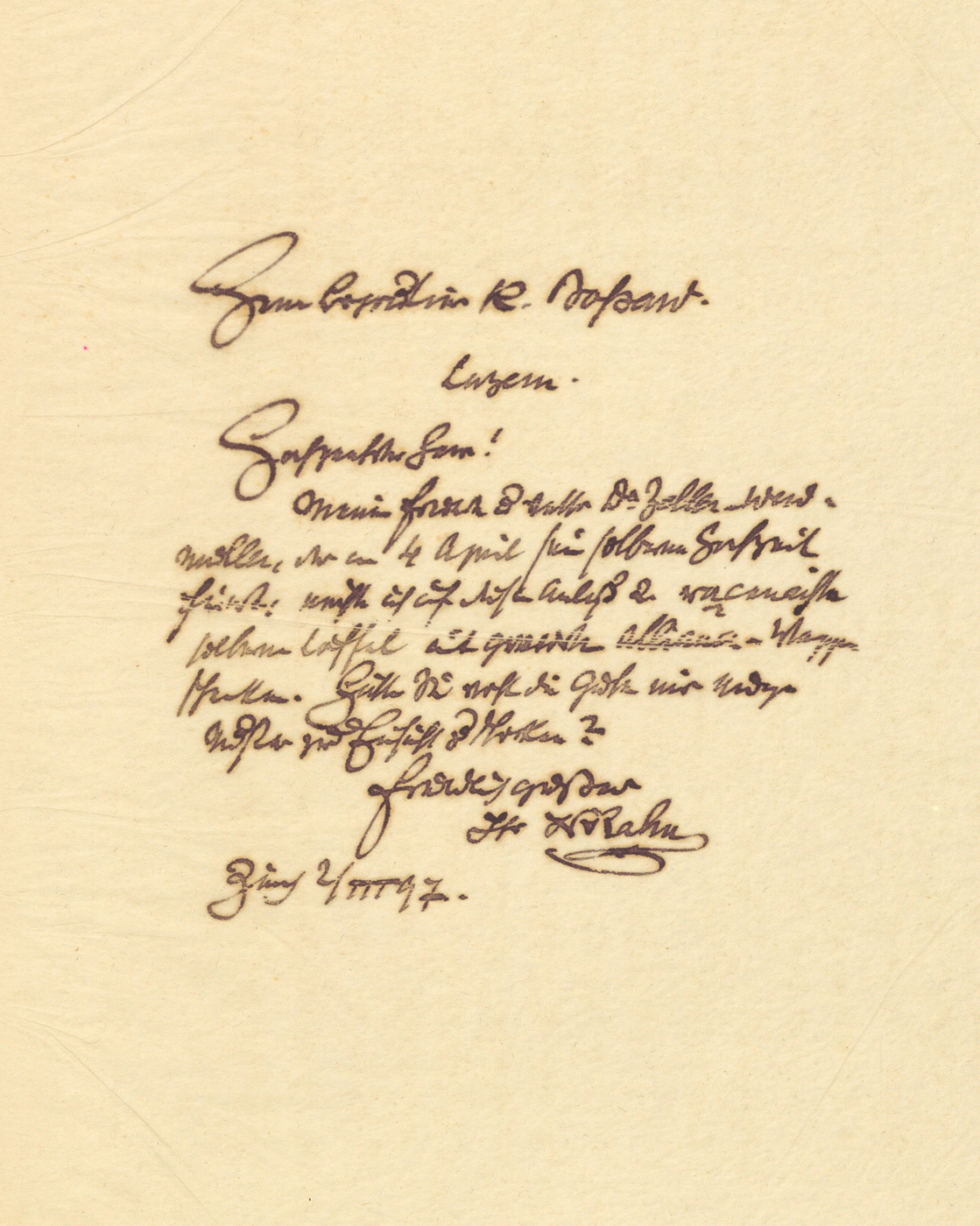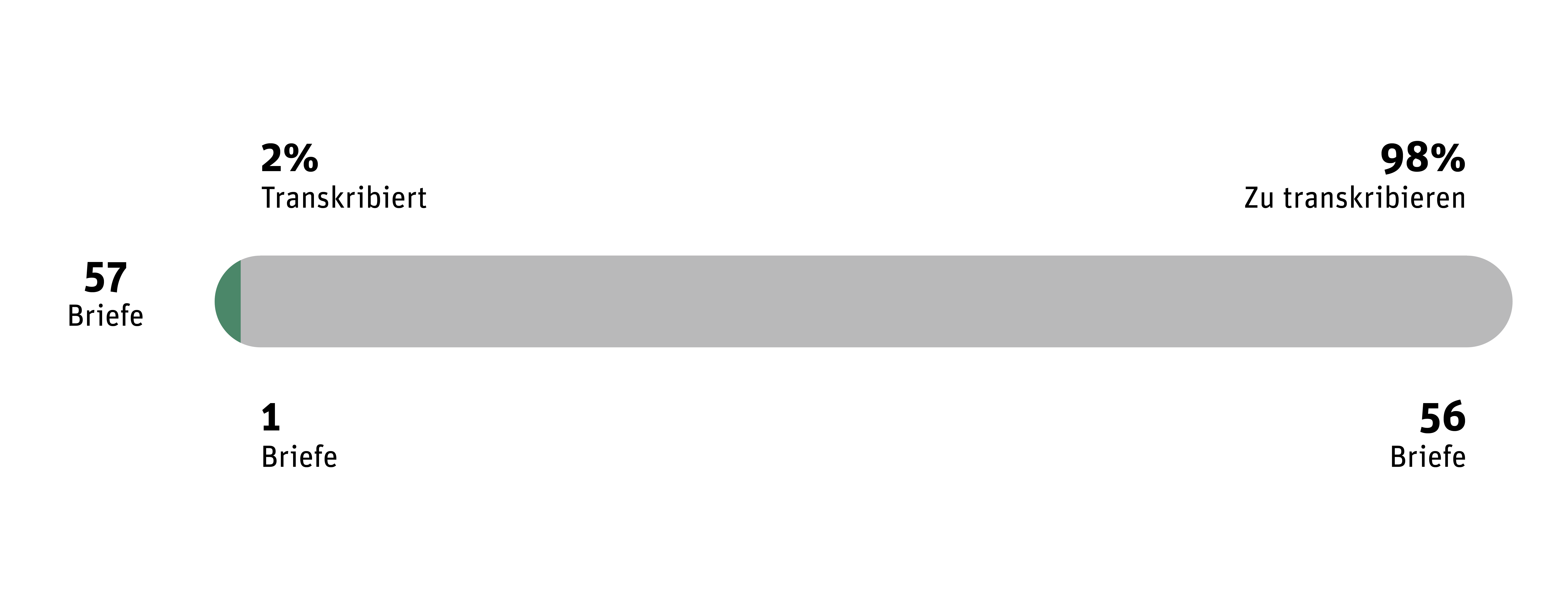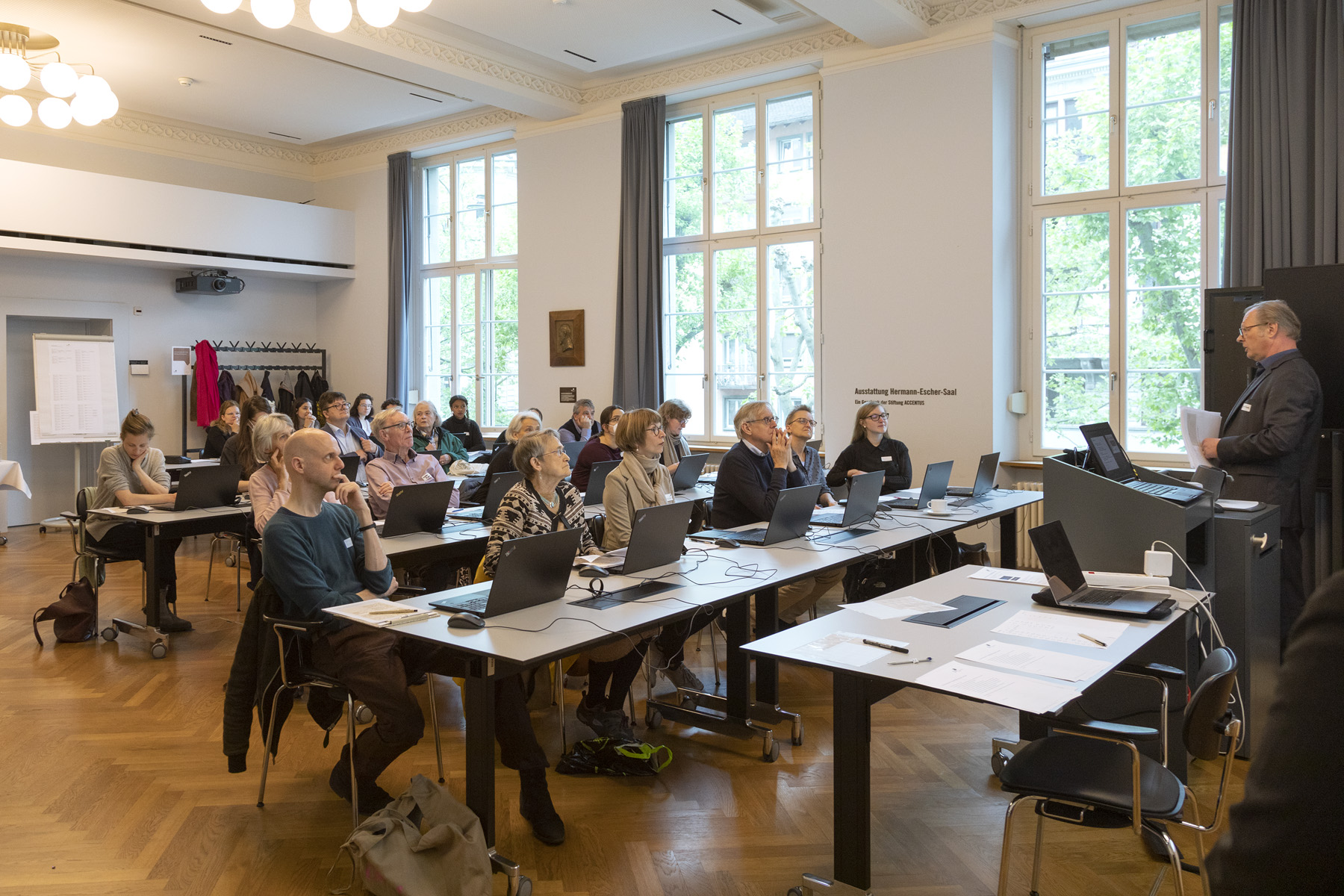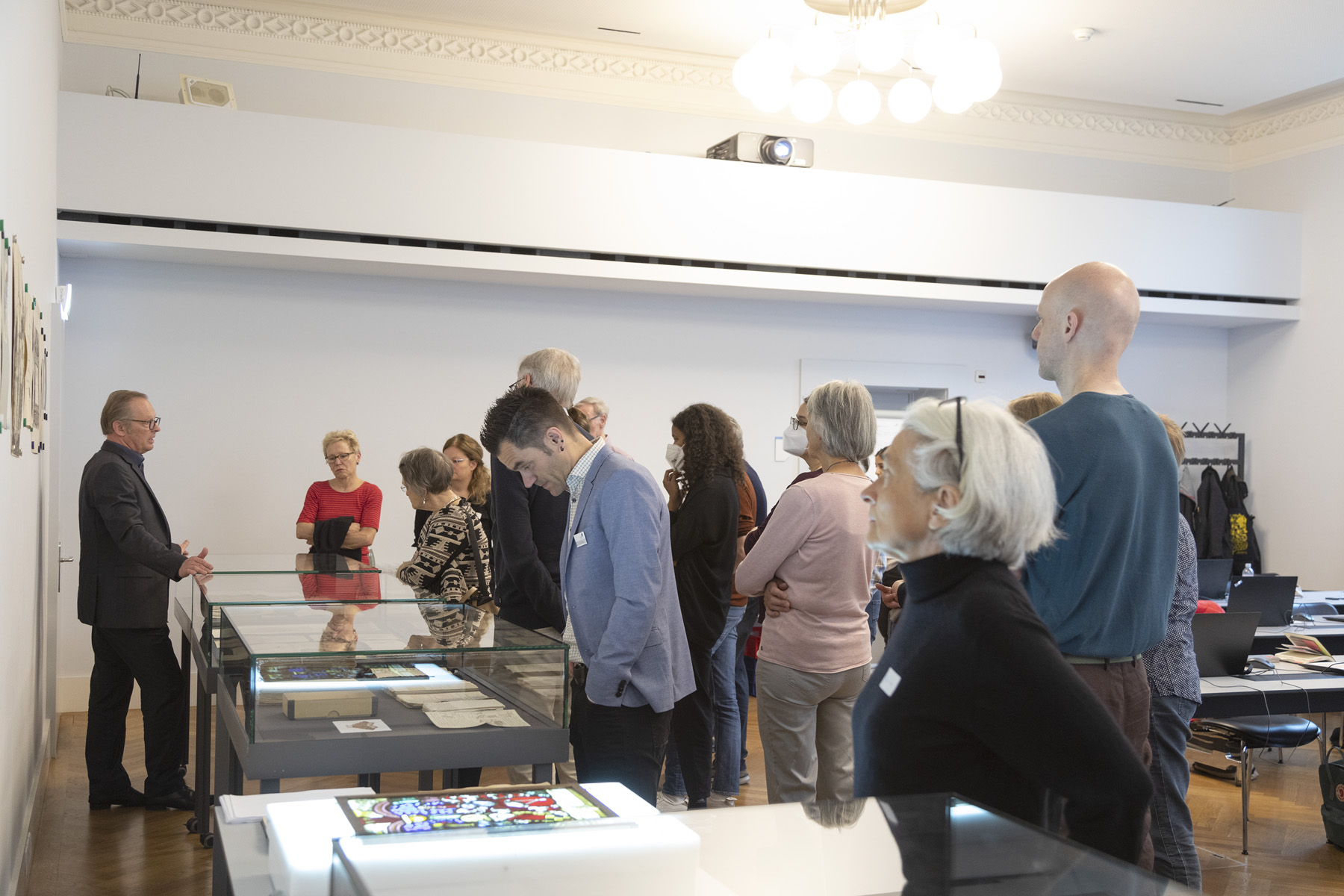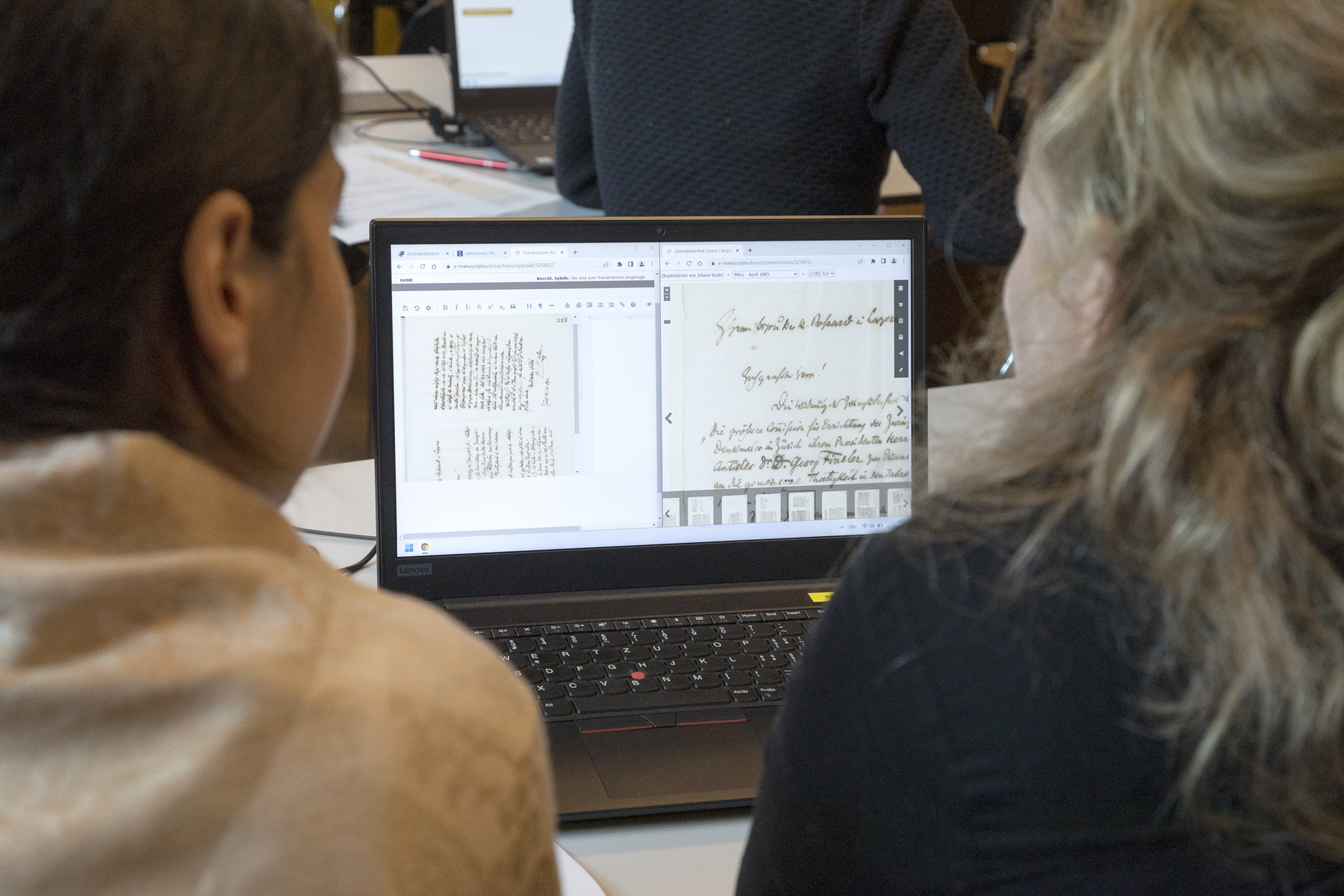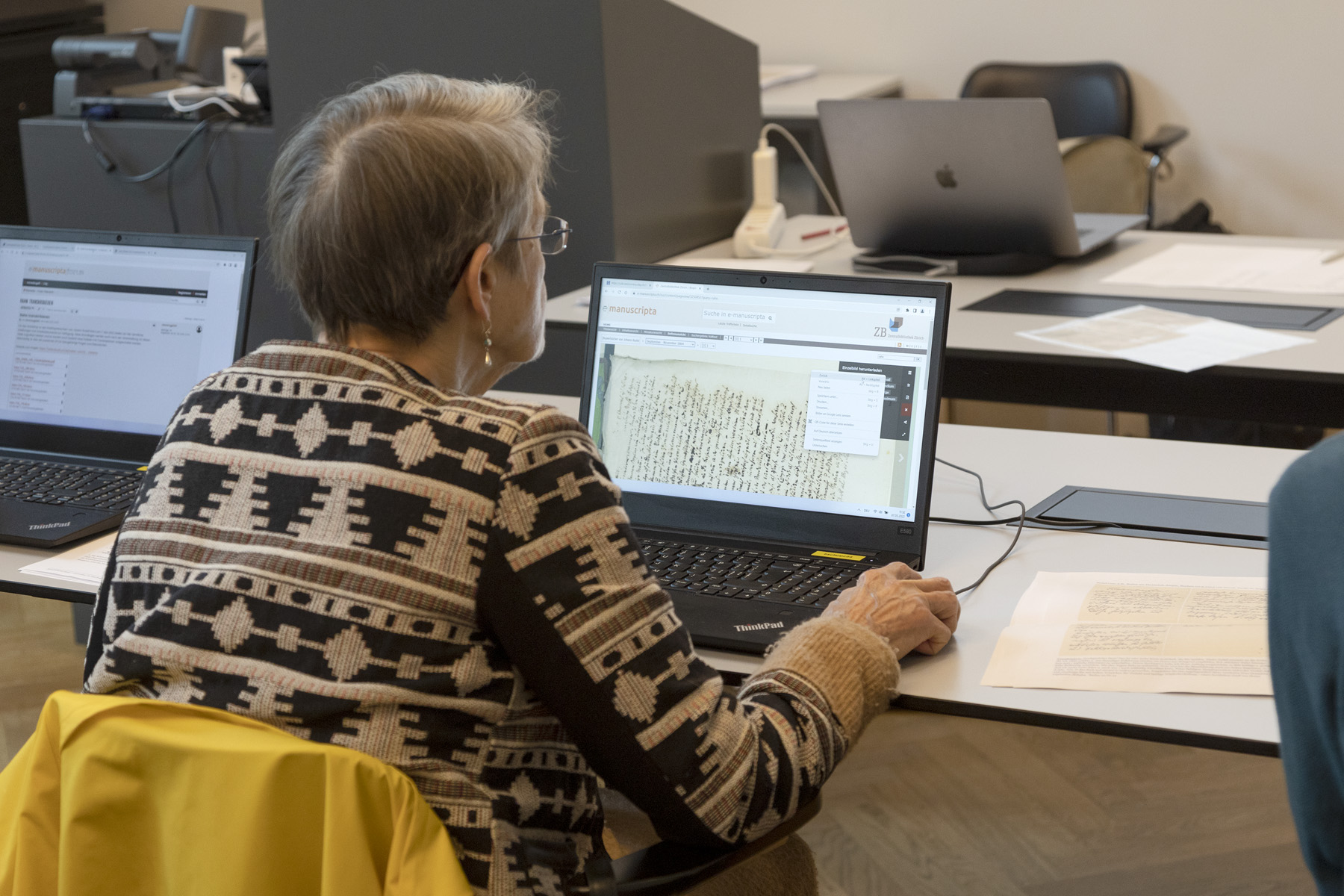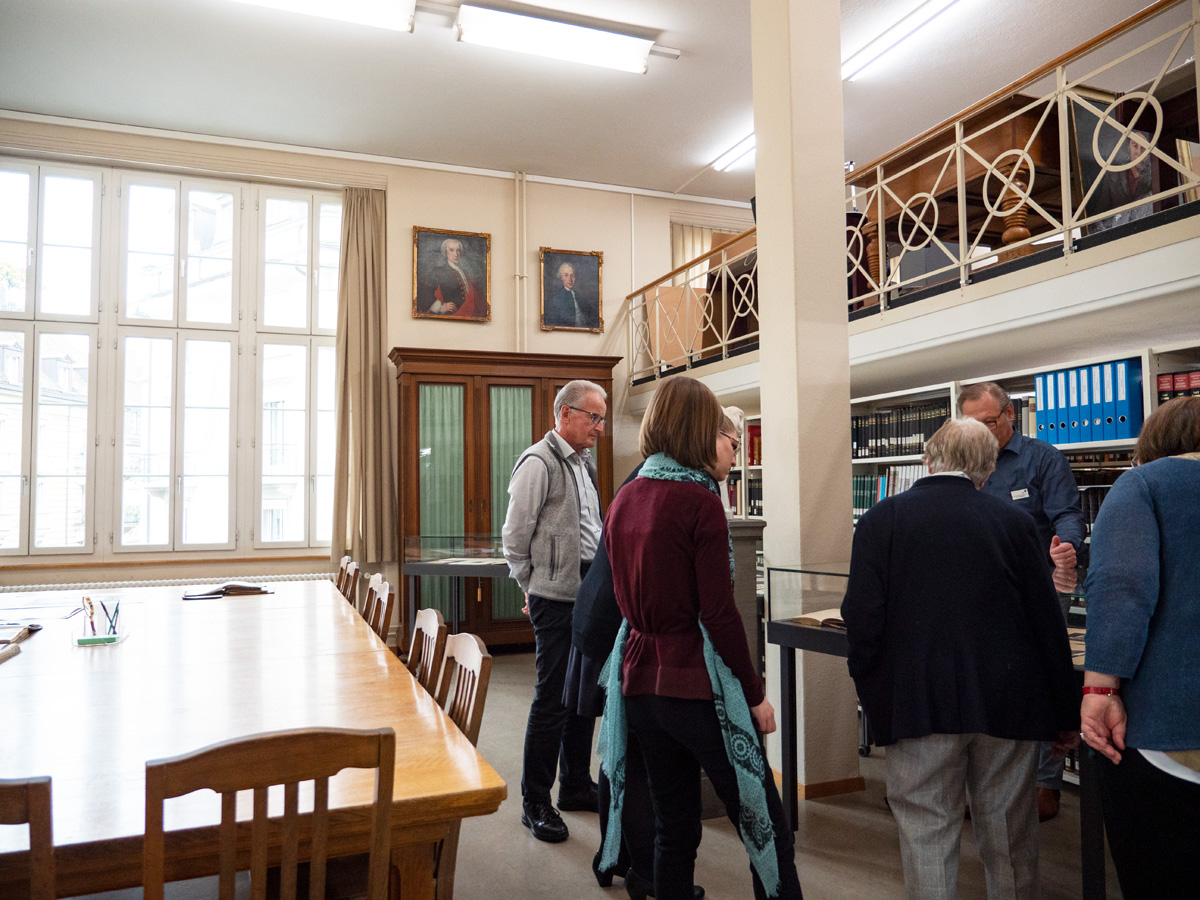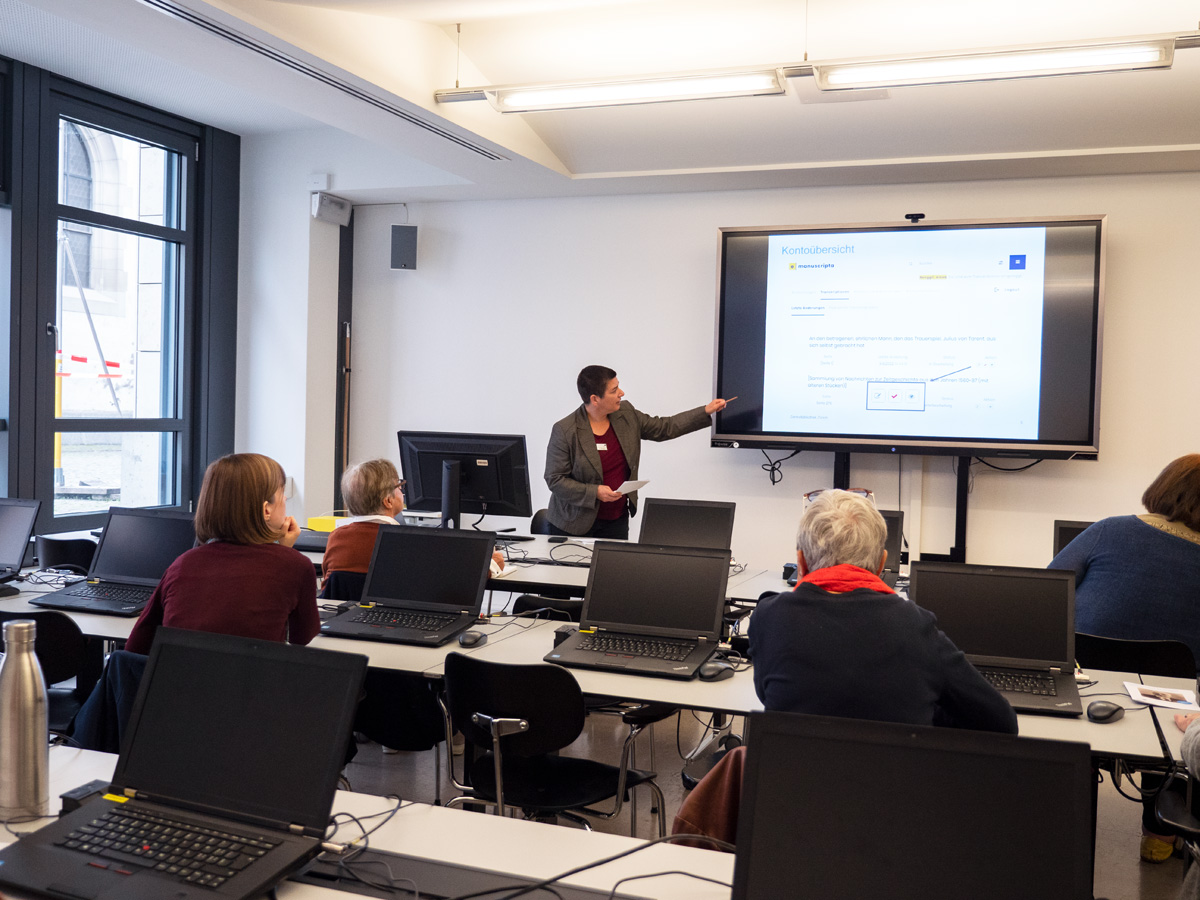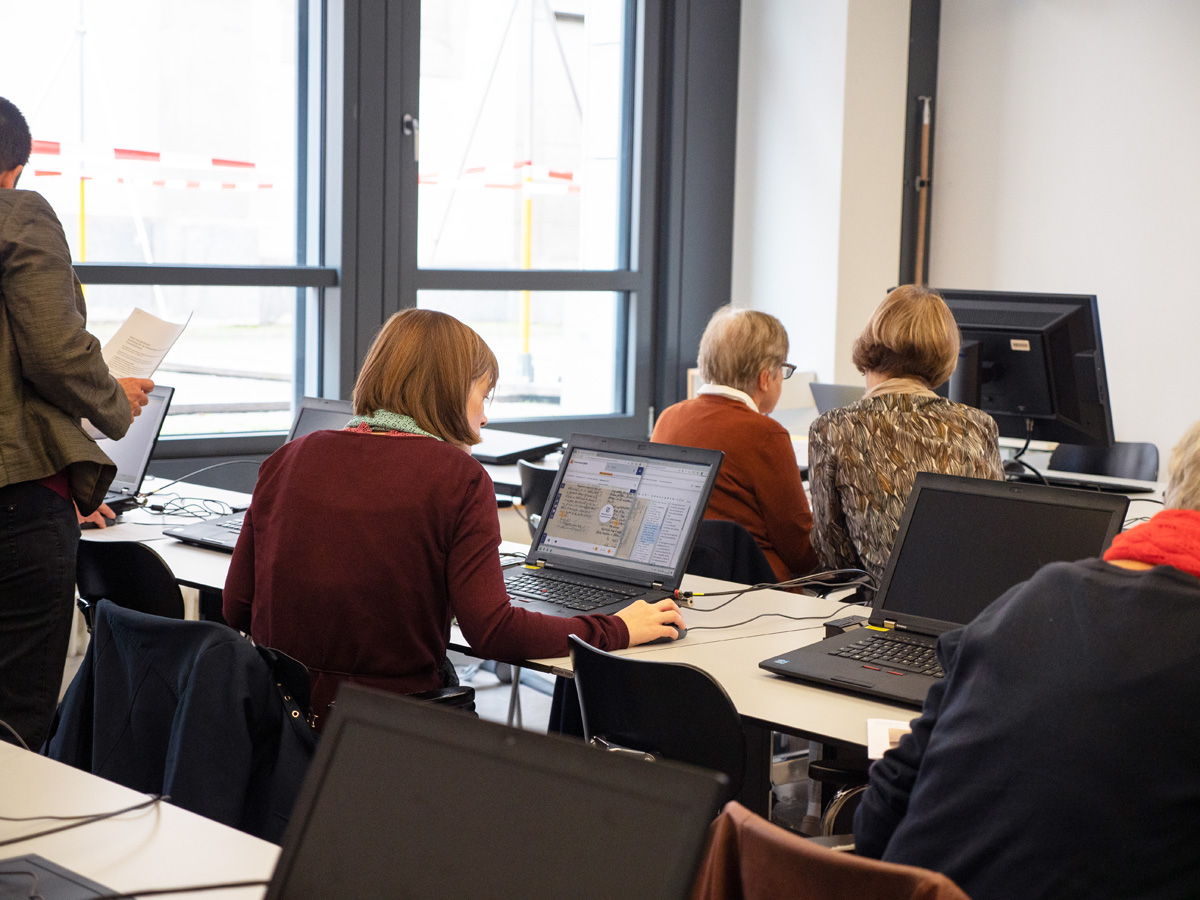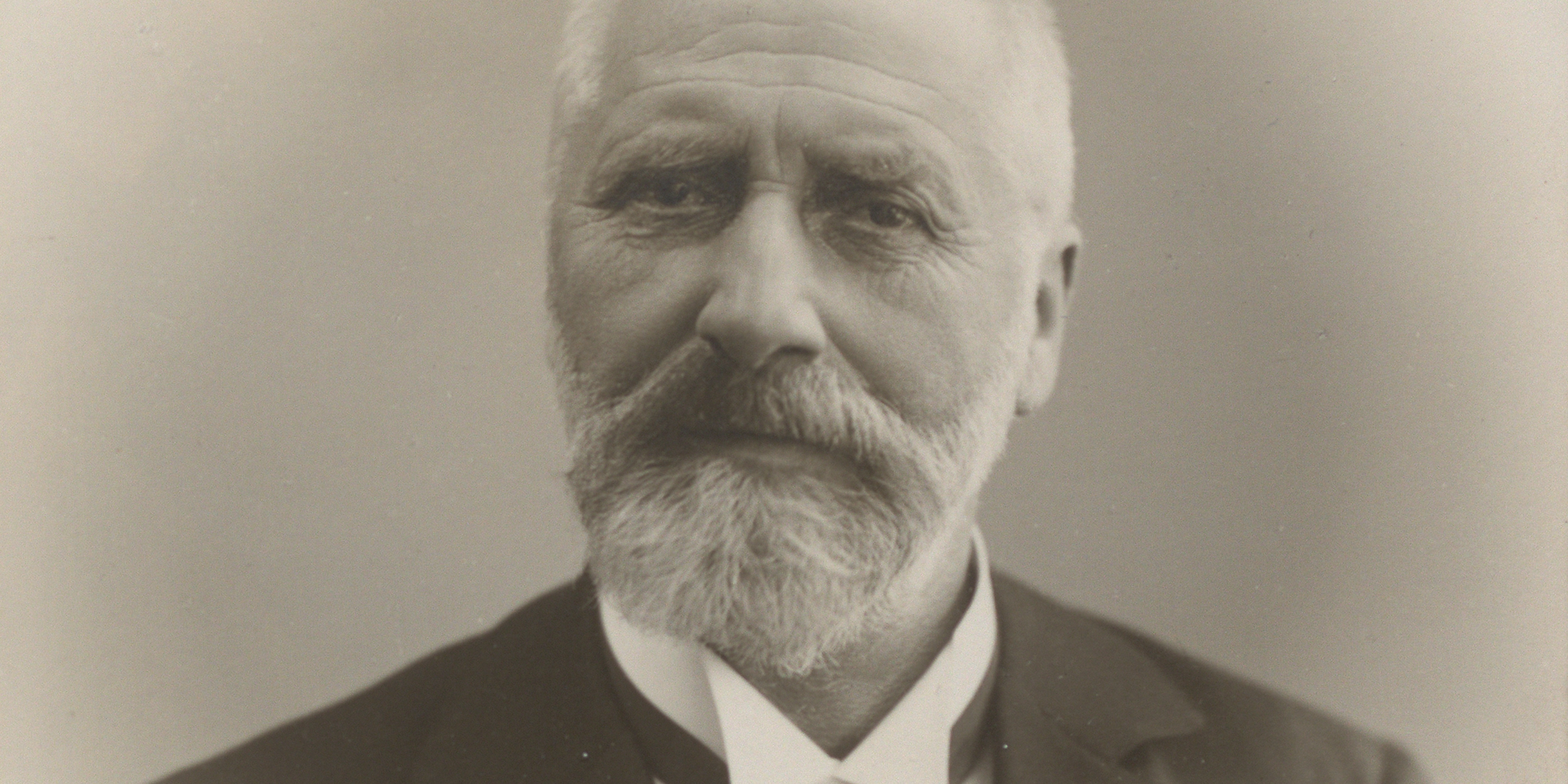
‘I write to you today with a number of requests’ – transcribing Johann Rudolf Rahn
Help us decipher correspondence for research!
Johann Rudolf Rahn (1841–1912) is considered the father of Swiss art history and historical preservation. Our inventory contains 10,000 pages of his correspondence, which we have digitised and published on e-manuscripta.ch.
Ten years after the big retrospective marking the 100th anniversary of Rahn’s death, you can now help us transcribe and edit the letters using the e-manuscripta transcription tool. At the end, we will publish your work on the online platform.
The campagne is part of the strategic initiative Citizen Science by Zentralbibliothek Zürich.
Introduction
Would you like to continue or get started with transcribing the Rahn correspondence?
A short video tutorial offers an introduction to transcription on e-manuscripta.
Get started now
Click on the picture to start transcribing.
Transcriptions
Direct access to the letters is available via selected recipients such as Heinrich Angst, Karl Bossard, Robert Breitinger-Wyder and Robert Durrer. You will find links to these in the e-manuscripta forum, with one file for each correspondent. See below for detailed profiles of these figures.
Transcriptions by Hanspeter Lanz, long-standing curator at the Swiss National Museum in Zurich, are already available for some of Rahn’s letters to Bossard, but have not yet been fed into the e-manuscripta.ch transcription tool. For an overview of existing transcripts that you can copy, go to the file ‘Liste_Briefe_Rahn_Bossard’ in the e-manuscripta forum. The link will take you to the digitised letter on e-manuscripta.ch. The ‘File name’ column contains the name of the relevant Word file in the forum with the pre-transcription. You can copy letter transcripts from the Word documents and enter them into the transcription tool.
For other selected letters by Rahn to Angst and Durrer, we have prepared raw transcriptions with the help of artificial intelligence (Transkribus) to aid manual transcription and have made them available as Word documents. As a general rule, we do not recommend simply copying and pasting.
The Word files containing the raw transcriptions made using Transkribus can also be found in the e-manuscripta forum. These files appear at the beginning of the list of individual letters and include ‘Transkribus’ in their title information.
For Rahn’s correspondence with Angst and Durrer, for which no transcriptions are available, the page numbers have been taken over from the registers of the individual volumes in two lists and supplemented by direct links to these letters in e-manuscripta.ch. You can also find these lists in the e-manuscripta forum under the file names ‘Liste_Briefe_Rahn_Angst’ and ‘Liste_Briefe_Rahn_Durrer’.
Transcriptions are not yet available for letters to other addressees, so this is where you can put your reading skills to the test! We recommend starting by searching in the name register of the collections of letters. These registers were transcribed in advance of the workshop and can be searched for names using the ‘Detailed search’ option in ‘Full text search’. The pages references allow you to locate the letter you want.
To take part in the forum discussions, you must register first. Follow these instructions to find out how. Please note that your registration must be approved by the editorial team before you can log in and join the discussions. You can view and download the Word documents without registration.
Rahn’s correspondence
Ranking
The ranking is updated regularly. Version dated: 4. February 2025
Username | Number of pages |
Rüegger, Martin | 107 |
Hinrichsen | 35 |
Hunziker, Edith | 23 |
Nuttli, Manuela | 8 |
Foletti, Benedetta | 6 |
Abegg, Regine | 5 |
Hausheer, Yvonne | 4 |
MR | 4 |
Zweifel, Thomas | 3 |
BS | 3 |
NS | 3 |
CB | 2 |
CE | 2 |
Koch-Wiegart, Annemarie | 1 |
Rüdiger, Tim | 1 |
sybik | 1 |
Segieth-Wuelfert, Floria | 1 |
Vogler, Vanessa | 1 |
Wehrli-Johns, Martina | 1 |
| Total | 211 |
Events
At two transcription workshops on 7 May and 8 October 2022 we selected and transcribed various letters between Rahn and key correspondents. Thanks to all those who took part!
Contact
Do you have any questions or comments about the campagne? Get in touch!
